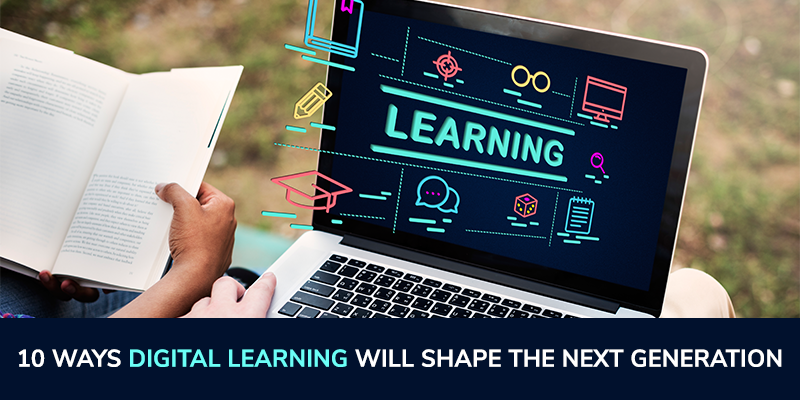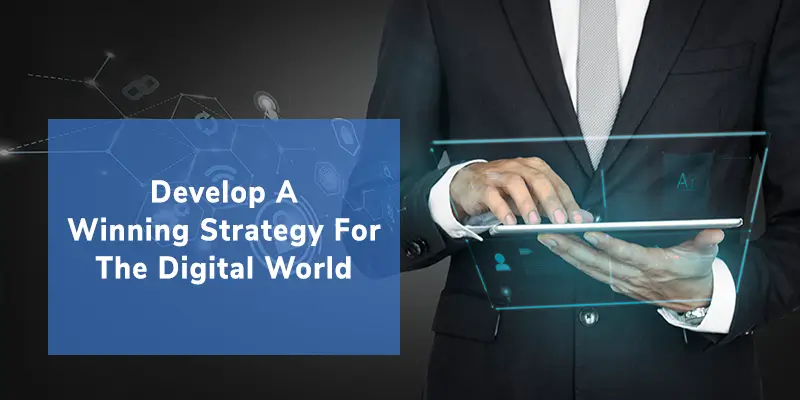Nowadays, news of technical advancements facilitating superhuman performance by machines follow one after another. AI now propels numerous real-world applications, starting from facial recognition to translators and assistants like Siri and Alexa, that we have never seen before. Along with such customer-oriented applications, businesses across different sectors are progressively utilizing AI’s benefits in their operations. The adoption of AI guarantees significant gains for corporations and economies through its offerings to productivity surges and innovation.
To extract the complete benefit of this human and AI collaboration, businesses need to recognize how humans can augment machines with maximum efficiency, how machines can optimize human efforts, and the way to restructure business procedures. Here are some well-established guidelines to support businesses achieve this and enjoy the benefit of collaborative intelligence.
- Humans assisting machines
Humans are required to carry out 3 critical roles.
- Train machines to execute tasks – Machine-learning algorithms need to be trained on how to execute the work assigned to them. For doing so, a large amount of training data are assembled to teach machine-translation programs to address idiomatic expressions, clinical applications to detect disease, and consultancy engines to assist economic decision-making. Also, AI systems must be trained on ways to engage with people.
- Elaborate the outcomes of tasks – Since AIs concludes tasks through approaches that aren't clear, they require human specialists of the field to explain their action to common users. These “explainers” are especially essential in evidence-based fields, like law and medicine, where a practitioner is required to apprehend how an AI measures inputs into, for instance, sentencing or clinical advice.
- Sustain the accountability of machines – In addition to incorporating individuals who can justify AI results, corporations require “sustainers” i.e., personnel who constantly work to make sure that AI systems are working just fine, accurately, and responsibly. For instance, a team of specialists or so-called safety engineers focuses on expecting and trying to avert damage by
- Machines assisting humans
Smart machines are assisting humans to extend their capabilities in 3 approaches.
- Amplification of our cognitive strengths – AI can enhance our analytical and decision-making capabilities by delivering the appropriate data at the appropriate It can additionally strengthen creativity.
- AI interacting on behalf of humans save us time for high-priority tasks – Human-AI collaboration allows organizations to engage with personnel and clients in more powerful AI agents like Cortana, for instance, can enable communications among humans or on behalf of humans, like by scheduling a conference and dispensing a voice-searchable model to people who couldn’t attend.
- Embed human abilities to optimize our physical capabilities – Many AI applications, like Cortana, exist mainly as virtual entities, however, in other programs the intelligence is embedded in automation that augments a human worker. With the precise sensors, motors, and actuators, AI-facilitated structures can now comprehend people and gadgets and work accurately alongside people in factories, warehouses, and laboratories.
- Redefining your corporation
To obtain the maximum value from AI, processes need to be restructured. Here are 5 features of business processes that corporations generally require to enhance.
- Flexibility – For Mercedes-Benz executives, inflexible operations introduced a growing To enhance flexibility, Mercedes swapped a number of its robots with AI-enabled cobots and redeveloped its procedures relating to human-AI collaborations. The new system enabled them to address various tasks relying on adjustments within the workflow. Such agility has facilitated the producer to obtain unparalleled degrees of customization.
- Speed – For a lot of business operations, speed remains the priority. An example of such an operation is credit-card fraud detection. Major banks including HSBC have incorporated an AI-based solution that optimizes the speed and precision of fraud detection.
- Scale – Having a substandard scalability process implies hindrance to improvement for every business operation. That’s specifically applicable for operations that rely on intense human labor with minimum system For instance, the integrated human and AI abilities to scale individualized recruiting process at Unilever. The new system has substantially amplified the scale of Unilever’s recruiting.
- Decision making – By supplying personnel with personalized data and guidance, AI can assist them to make better This is particularly effective for employees in the trenches, where coming up with the right decision will have a massive effect on the bottom line.
- Customization – Presenting clients with fully customized brand experiences is the dream of the marketing team. With AI, such personalization can now be accomplished with formerly impossible precision and on an extensive
Businesses that utilize machines simply to replace human workers will miss out on the full capability of AI. Such a method is erroneous from the beginning. Future leaders will rather be those who embody collaborative intelligence, remodeling their processes, their markets, their industrial sectors, and most importantly, their workforce.



